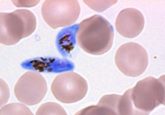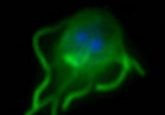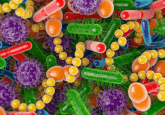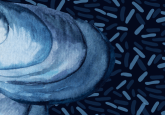Zombie ant parasite: lessons from vampires and zombies
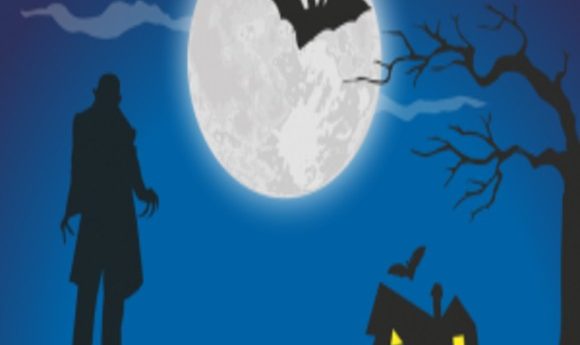
Vampires are immortal, pale, blood sucking creatures that hunt down humans, but do they also offer insights into infectious processes?
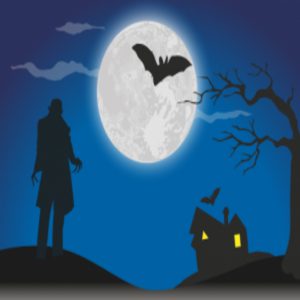
In the most famous vampire movie, Dracula spreads vampirism with a single bite, whereas in the more recent Twilight movies, vampires choose whether to consume or infect their victims. Once bitten, an agent presumably injected by the vampire alters physiology, biochemical processes, or molecular mechanisms, leading to detrimental effects in the host. This pathogenesis ultimately directs changes in the victim’s behavior and appearance until he or she eventually becomes a vampire. Now, researchers at Rice University in Texas are investigating a similar behavior-altering mechanism in nature between the host crypt gall wasp and the crypt keeper wasp (1).
“The crypt gall wasp (Bassettia pallida) lives in the stems of live oak trees, entering the stems when a mother wasp injects an egg. The crypt gall wasp gets the trees to create compartments known as crypts. This wasp develops in these crypts, and if it doesn’t get infected, it will become an adult by chewing a hole through the stem to emerge from the crypt,” said Kelly Weinersmith, lead researcher on the project.
On occasion, however, a crypt gall wasp becomes infected by the parasitic crypt keeper wasp (Euderus set), which, like infectious agents in a vampire bite, manipulate its host’s behavior. As a result, the crypt gall wasp chews a smaller than usual emergence hole – trapping it in the crypt, where the crypt keeper consumes it while completing its life cycle to emerge as an adult.
Vampires aren’t the only fictitious predators with behavior mirrored in nature. The grunting, moaning zombies from the movies World War Z and Dead Alive are dead, yet animated. “A zombie is a dead person or animal who continues to walk around, generally trying to harm the living,” said Donald Steinkraus from the University of Arkansas.
Steinkraus and his team are actually exploring zombie biology scientifically. They recently published a new study in the Journal of Invertebrate Pathology reporting that the goldenrod soldier beetle enters a zombie-state after dying from fungal infection (2). “In this case, dying beetles attach themselves to the place where healthy beetles hang out. Long after it dies, it opens its wings, a complex process. And this is entirely done by the fungus manipulating the muscles and sclerites of the beetles,” said Steinkraus.
As the beetle’s wings open, the beetle’s abdomen becomes exposed, unleashing fungal spores that might attach to healthy beetles in the area. “The fungus causes the zombie behavior and means harm to healthy beetles by increasing its chances of infecting new, healthy beetles,” said Steinkraus. “I think my work will stimulate others to explore more about this particular beetle/fungus interaction, look for other similar insect or arthropod/pathogen interactions, and will add to our knowledge of zombie interactions with insects, animals, and even humans.”
These creatures—and the fictitious characters who mirror them—have inspired studies uncovering rare routes of disease transmission. Who knows what other spooky beasts actually lie in wait, undiscovered, on Earth? And what will they teach us when we find them? If they don’t find us first…
